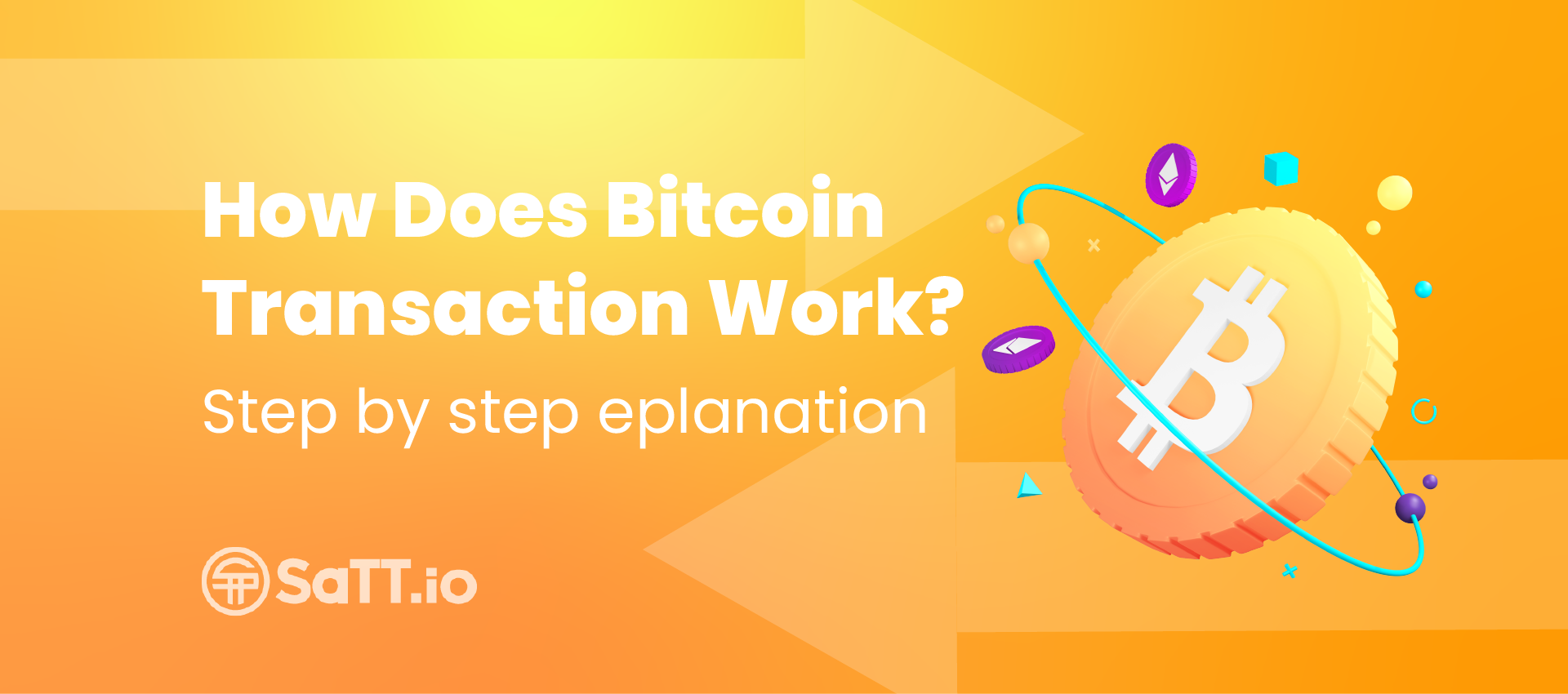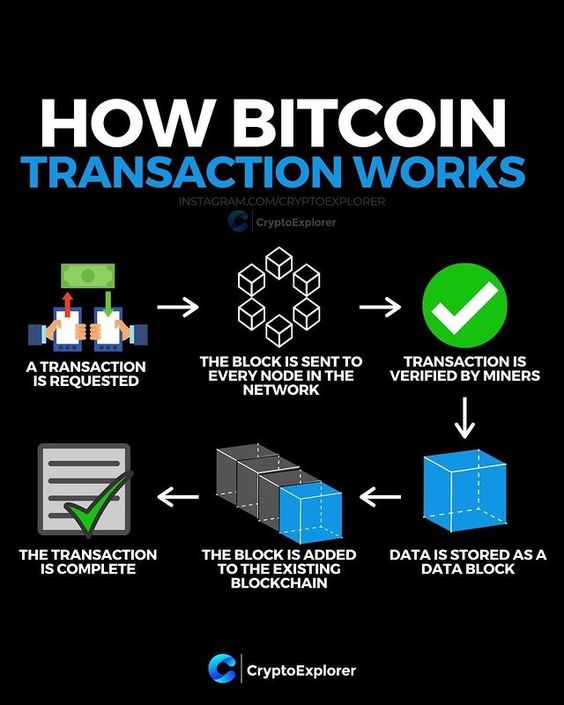
How Does Bitcoin Transaction Work?
The process of a Bitcoin transaction is a little complicated, but you’ll be able to understand its workings with the help of this blog post.
An actual Bitcoin transaction is made up of 5 steps:
- A person who wants to send some cryptocurrency to another person will create a transaction on their computer.
- The sender then submits this information for review.
- The receiving party must check that the details match his/her expectations before sending the BTC.
- When all parties agree, the funds are transferred from one address to another.
- Both parties confirm whether or not the funds have been received.
Table of Contents
How Does It Work?
Bitcoin is a decentralized peer-to-peer electronic payment system that utilizes the web and bitcoin wallets. Transactions are broadcasted over the network, and they are verified by miners. It is essential that anyone who wants to send or receive bitcoins has to create a bitcoin wallet, which is an address through which payments can be accepted.
Step By Step Explanation Of A Peer-To-Peer Bitcoin Transaction

Step 1: Transaction Creation And Signing
The transaction is submitted to a peer-to-peer network for verification. We’ll describe it here in a simpler way, although the explanation really involves some mathematics.
The transaction is created by a user, and it consists of some information about the sender’s wallet address, transaction amount and other details. To create a bitcoin transaction, you need to have all this information, including the wallet address. After the creation of the transaction, it is signed with your private key (PID), which only belongs to you, and there’s no way anyone else could create such a signature because they don’t have your private key.
Step 2: Broadcasting
Once a transaction is successful, it’s broadcasted to the network. The process of broadcasting varies from network to network, but the details are always similar.
The transaction is broadcasted in the form of a Hash, and after that, smart nodes on the network quickly verify if there is any problem with this hash and also check if the sender has enough funds to make such a transaction. The sender’s funds will be requested from their wallet(s).
Step 3: Propagation And Verification
Propagation is the process of finding network nodes willing to help you find a transaction. A node will accept to relay your transaction if it is unconfirmed (which means that it has not been validated by miners), and there’s some fee included in the transaction. It is also possible for a user to create his/her own nodes and accept transactions from others users. The node will follow some rules for prioritizing transactions, but the main rule is that it will always select newer transactions with bigger fees first.
Verification also takes place when an unconfirmed transaction reaches a miner (or mining pool).
Step 4: Validation
Miners are competing with each other to find a block, so they can receive the reward and transaction fees. The block needs some parameters to be validated, like having the correct hash, containing the transactions from all users, having proof of work (POW) and so on.
Bitcoin miners need to try different nonces until they find one that fits all the requirements. Proof of work is used to prevent spam on the network (like creating many transactions which can’t be validated by others).





